Choosing the right solar powered irrigation system
The use of solar power for irrigation is becoming popular as solar panel technologies continue to get better and cheaper. Using solar harnesses the energy from the sun, to pump water from wells, boreholes, dams, rivers, and other water sources. This water is then used to provide water to plants, resulting in better products for the farmer.
Throughout history, the human race has been faced with the challenge of moving huge amounts of water from the source to the place where it is stored or used. Traditional methods like using human carriers and animals to ferry water could not meet the demand. There were inventions such as using pulleys or even pumps that were powered by different energy sources.
In modern times, water is moved by using pumps, powered by nonrenewable energy sources such as diesel. Pumps have been also powered using electricity generated from both renewable sources and nonrenewable sources.
For the farmer, the use of electricity to pump water for irrigation has its challenges. These include:
- Cost
Electricity from power companies has recurring costs based on use, which can be high and unbearable and unpredictable to the farmer.
- Reach
The second challenge, especially in Africa and Asia is that most power companies concentrate their supply in towns and cities where there is a high population of people. This is while ignoring the rural areas, where farmers grow food to feed the people in the cities.
These two challenges make using solar-powered irrigation attractive to the farmer.
Importance and Advantages of Using Solar Irrigation System
Solar power presents a great opportunity to bridge this gap, enabling the rural farmer to grow more food through irrigation. The advantages of solar-powered irrigation include:-
- Solar energy is free.
The energy from the sun is free. It is not mined like fossil fuels. Apart from the initial cost of installation and the low cost of maintenance, you should be able to enjoy this free energy on your farm for many years to come.
- Solar energy is renewable.
Renewable energies, which includes solar, are energies that are not depleted in use. Solar energy is constantly replenished by nature. You simply cannot finish it.
- Solar energy cuts on high power bills.
With power companies’ ever-increasing power bills, solar energy for irrigation will cut on power bills. This is specifically where you will move the water pumping to solar, as you use electricity for other functions e.g lighting.
With Solar irrigation powered systems, the farmer is able to predict the cost of power, unlike when using electricity supplied by the power company, where the bills vary from month to month
- Solar energy has lower maintenance costs.
The maintenance costs for solar energy are low. In some instances maintenance activities only include cleaning the solar panels. This Is done about once every 2 years. Cleaning solar panels just involve using soap and water.
- Solar energy is always available.
This awesome energy is always available, even on cloudy and rainy days. This means the solar panels will still receive some energy from the sun, as long as they are installed well.
- Solar energy has multiple uses.
If you install solar power for irrigation, you can use it for other purposes such as lighting, powering gadgets like televisions and radios and charging devices like phones and rechargeable torches
Disadvantages of Using Solar for Irrigation
- Higher installation costs.
Solar power has higher installation costs, as compared to other power sources. This is because of the cost of solar panels and batteries. With increased research and development in solar technologies, the cost of solar panels and solar batteries have been coming down over the years. These costs are expected to come down as time goes by.
- Dependent on the weather.
Solar energy is dependent on weather, with decreased output on cloudy and rainy days. This can be mitigated by having adequate storage batteries so that power is still available during these periods where the solar panels do not receive enough sunlight.
- Storing solar energy is still expensive.
The cost of storing energy is still high. This is because storage solutions are still in development. However, the cost of solar batteries is coming down as time goes by. Please note that depending on the setup for your solar irrigation system, you might not need to have batteries as part of your solar-powered irrigation system
- Needs space.
Solar panels will need space. The more the power requirements, the more the panels hence more space required to set them up.
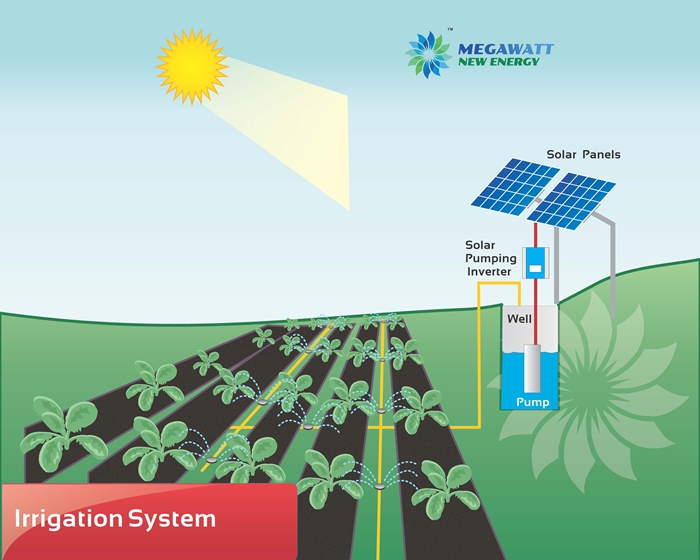
Components of a solar-powered irrigation system
Before we look at the components we need to understand some terms used in solar power pumping. You will need to look at these factors when designing your solar irrigation system These are:
- Flow
Flow is the amount of water your pumping systems move at a specific time. It is calculated in gallons per day (GPD) in the imperial system used in the United States. In the metric system that is used by the rest of the world, it is calculated using litres per second (L/s), cubic metres per second (m3/s), or megalitres per day (ML/d) This is also called the flow rate. In the metric system, it is calculated using litres per minute (LPM).
- Head / Total lift
Head or the total lift is the total height the pump must lift water. This is the vertical height between the source of water and the destination where the water will be pumped.
- Pressure
Pressure, calculated in feet of head or psi (pounds per square inch) is the amount of work your pump must do in order to move water (pump water) from the source to the destination. The destination can be storage tanks or irrigation sprinklers or drip systems. Valves, diameter, and length of the pipes and bends will affect how much pressure is lost or gained.
- Power to the pump
Solar pumps need a certain amount of power so as to produce the pressure needed to produce the flow (amount of water moved). Solar pumps will get this power from the solar panels, either directly or indirectly through batteries charged using the solar panels. When choosing your solar pump, you will need to put this into consideration as it will determine the size and number of panels and optionally batteries needed for your solar irrigation system.
Solar Pumping Components
At the most basic, a solar-powered irrigation system will consist of the pump, solar panel(s), and water hose(pipe). Other components might include Solar pump controllers, storage tanks, inverters, and solar batteries.
Understanding these components will help when you are deciding which setup to go for or having someone fabricate a solar irrigation system for you.
Let us look at these in detail.
- Water Source
The water source is a major component of your solar water irrigation system. The depth, distance, volume, and nature of the water source will determine the kind of components you need for your solar irrigation system installation.
If water is being pumped from a distant location or a deep well or borehole, you will need a powerful pump and solar panels that supply more power to the pump as the system will need to do more work to move the water. More work means more power.
The volume of water will also determine the other components of the system. The amount of water you need to pump should be more or equal to the amount of water your pump can pump at a given time. If your pump can pump 10 litres a minute, then the water source should have at least 10 litres or refill at least 10 litres a minute. Some pumps can get damaged when there is no water to pump when the pump is running. Some pumps have protection against this damage, hence you will need to consider this when purchasing one.
The nature of water comes into consideration when choosing a solar irrigation system. Is the water muddy or silty? Some pumps can only pump clean water with no sediments while other pumps are able to pump water with solids.
- The solar panel(s)
Solar panels will provide power to your pumps. These provide energy for your pump to be able to run. Power to the pump is measured in watts and also solar panels are rated in watts.
Whether the pump is pulling power directly from the solar panels or from solar batteries being charged by the solar panels, The solar panels for your irrigation system should be able to provide enough power to run the pump, which in turn moves the water.
The choice of solar panels for powering your irrigation system will be determined by how much power your pump needs.
- Water pump
In solar-powered irrigation systems, the water pump draws power for the solar panels or batteries charged using the solar panels, in order to provide a combination flow and pressure. This combination is what moves the irrigation water from the source to the destination.
Your choice of a solar-powered pump will be determined by the source of water – its depth, distance, nature, and volume.
- Solar pump controller
A solar pump controller will be needed if your connection does not have batteries. This is where you are connecting the solar panels to the pump. The work of the solar pump controller is to match the power from the panels to the power of the pump.
Solar pump controllers balance the current and voltage from the solar panels to the current and voltage required by the pump.
- Water hose(pipe)
The piping for your solar-powered irrigation system is needed so as to move water from the source to the destination. These are the conduits where your water for irrigation moves from the source, through the pump, to either your plot directly or to storage tanks.
The length and width of the pipes determine how much pressure is gained or lost. This eventually determines the efficiency of your solar-powered irrigation system.
- Water tanks
Water tanks will be needed if the water will be stored before being used for irrigation.
- Inverters
Solar inverters will be needed in situations where your system uses batteries, which supply DC power, and your pump uses AC Power. Inverters are used to convert Direct Current(DC) power to Alternating current (AC) power.
- Solar Batteries
Solar batteries are used to store power from the panels for use to power the pump. These are not needed in every solar-powered irrigation system, but come in handy where you need to pump water at night, when the solar panels are not receiving power from the sun.
- Current Boosters
Linear current boosters are used to turn the pumps on when there are low sunlight and the panels are not receiving a lot of power from the sun. These boost the low current to a higher current required to run the pump.
- Float Switches
Float switches are floating devices that tell the pump to shut down or power up when the water levels reach a certain level. These are usually used in storage tanks, to ensure that the tanks do not fill up to the brim and pour water.
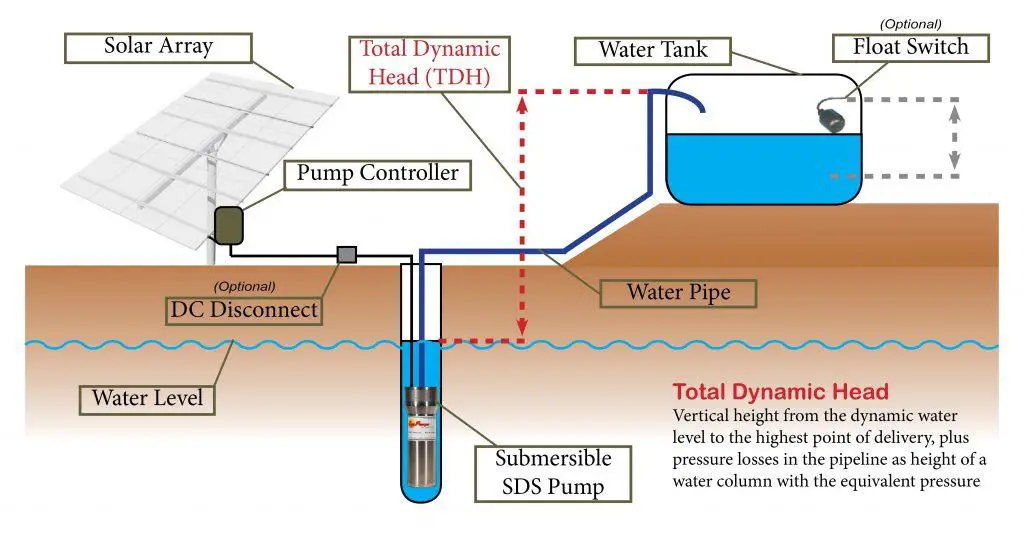
Solar Irrigation options available in Kenya
There are various solar irrigation pumps in Kenya. Some are bundled as complete solar irrigation systems, while some just come as the pumps where you have to design the solar irrigation system.
- FuturePump SF2.
Manufactured in India and distributed around the world through distributors, the FuturePump SF2 is meant to pump water from shallow water sources for irrigation. The water can be pumped for direct irrigation through hose piles, sprinklers, mist kits, and drip systems or can be pumped to overhead tanks for storage.
Future Pump SF2 can pump 3,600 litres per hour, capable of irrigating up to 2 acres of land. The FuturePump SF2 Kit package contains:-
- Spare parts kit
- An inlet hose pipe
- Solar panels (two 60W panels)
- FuturePump Solar-powered pump.
The advantages of the FuturePump SF2 are:
- Easy to set up.
- Comes with remote monitoring at no additional costs.
- It can tolerate muddy water.
- It can run without water with no damage.
- A long warranty demonstrates the manufacturer’s confidence in the product.
- Comes with spares for easy maintenance.
In Kenya, the FuturePump SF2 can be purchased at Davis and Shirltliff.
- SunCulture Rainmaker2 with ClimateSmart Battery.
Rainmaker2 from SunCulture with a ClimateSmart battery can be used to pump 2,500 litres per hour of water from water sources that are up to 70 metres deep. The package comes with the ability to be used for lighting, charging devices and a solar TV can be purchased separately.
The Rainmaker2 package comes with:-
- Pump with a lifetime of 10 years
- Solar Battery with a charging system
- Foldable or roof-mounted solar panels
- 25 millimeters wide hose pipe that is 100 metres long
- Irrigation sprinklers (4 in number)
- An electrical cable that is 50 metres long
- For led bulbs for lighting, complete with wiring and a switch.
Rainmaker2 from SunCulture with a ClimateSmart battery can be acquired on credit through Pay as you go plan where you pay for a period of 30 months or 36 months, depending on the selected option. You can purchase the pump directly from SunCulture in Kenya.
- SunCulture Rainmaker2 with ClimateSmart Direct.
The SunCulture Rainmaker2 with ClimateSmart Direct is a stripped-down version of the RainMaker2 with Battery. It can pump 1,100 litres of water per hour from sources of water that up to 30 metres deep.
The RainMaker2 with ClimateSmart Direct package comes with:
- Pump
- 310 watts roof-mounted solar panel
- 25 mm hose pipe that is 50 metres long
- 50 metres electric cable
- Sunculture Rainmaker2 with a drip irrigation system.
The SunCulture drip irrigation systems can be purchased as an add-on to the Rainmaker2 with the Battery system or the Rainmaker2 direct system.
- SunCulture Shakti Pumps.
The Shakti Pumps sold by Sunculture and other vendors in Kenya are meant for large installations that require huge amounts of water. The pumps include:-
- Sewage pumps
- Pressure booster pumps
- Monoblock pumps
- End suction pumps
- Submersible motors
- Submersible pumps
- Peripheral pumps.
All Shakti pumps are powered by solar power and can pump from 5 litres a minute to 6, 000 litres a minute.
- Sunflo Kits
The Sunflo solar pump kits sold by Davis and Shirtliff consist of solar panels, solar-powered pumps, power cables, and safety cables. They come in different configurations that are segmented on the type of pump and number of solar panels included in the kit. These are:-
- Sunflo A
- Sunflo B
- Sunflo S
The sunflo solar pumping kits are further categorized according to motor rating. These include:-
- SUNFLO-S 150
- SUNFLO-S 300
- SUNFLO-A 150H
- SUNFLO-A 270H
- SUNFLO-A 600H
- SUNFLO-B 120H
- SUNFLO-B 500C
- SUNFLO-B 1000C
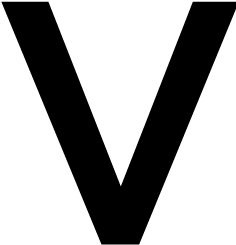
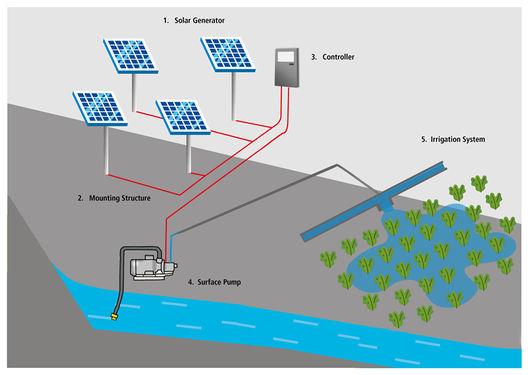
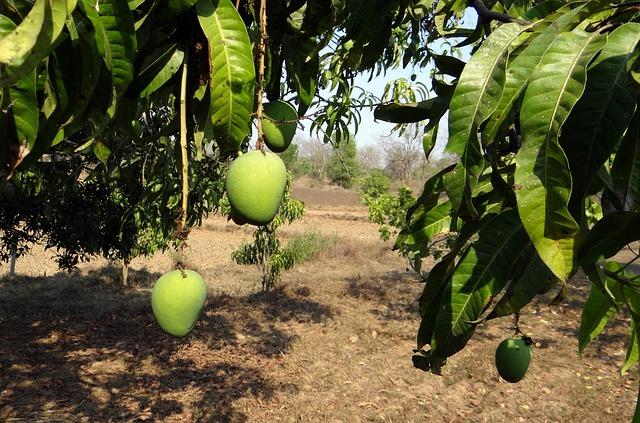
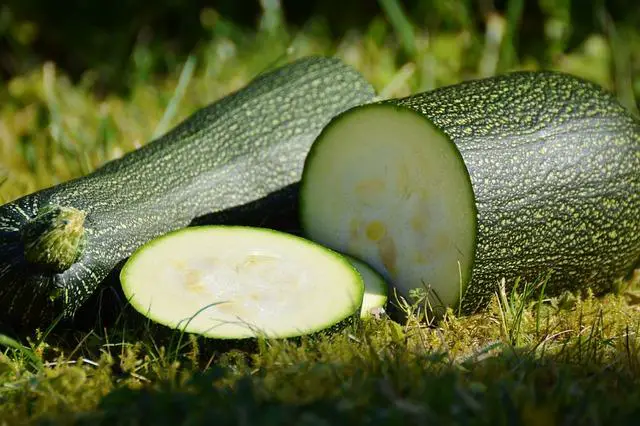
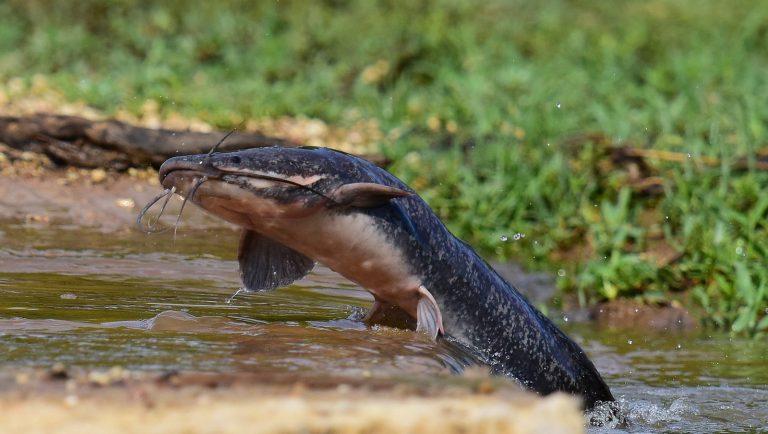

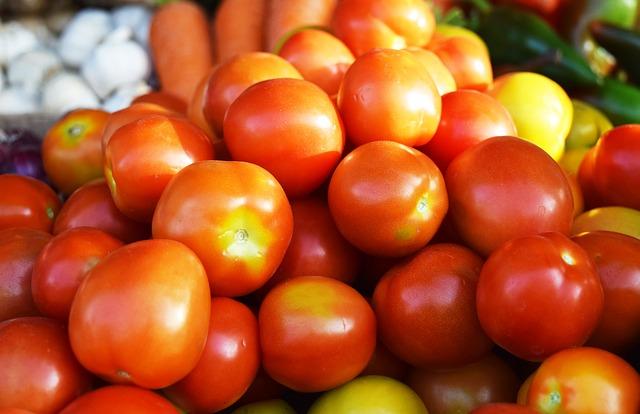
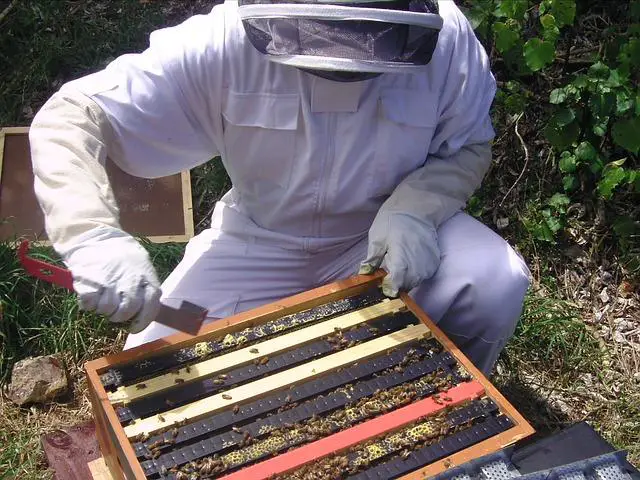
Hi
I require a solar powered pump to draw about
600ltr per day water from a pond the water then
flows via pipes to feed plants.
How much will such a system cost ?
Thanks
F. Almaary
Tel: 0701 510019
HI, pls contact me since I am interested in putting up a Solar irrigaton system in Kilifi
Hi
This article contains…
Hi
This article contains very good information for small scale farmers
Keep it up